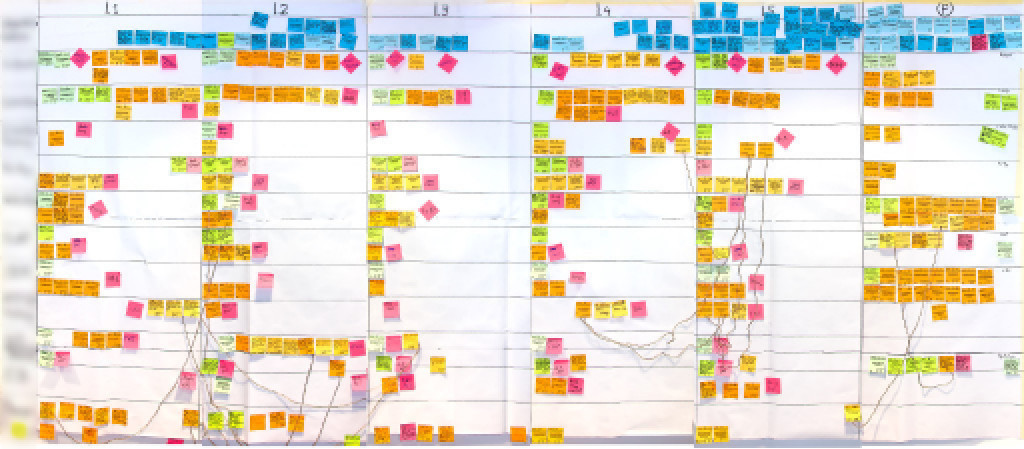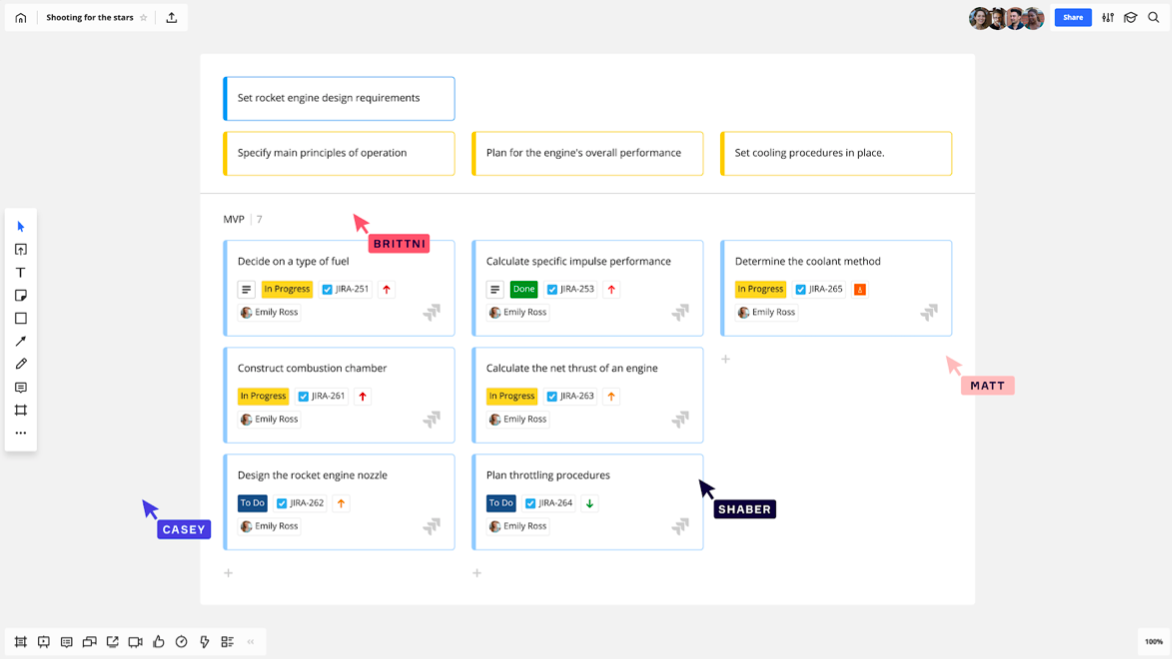People go mad about Scrum: many IT blogs write about it, many practical courses promise to teach all Scrum features, many companies want to see a working experience with Scrum in CVs, and so on. Scrum conquers them all. In this post, we define why.







Disclaimer: This is a translation of an article. All rights belongs to author of original article and Miro company.
I'm a QA Engineer in Miro. Let me tell about our experiment of transferring partially testing tasks to developers and of transforming Test Engineer role into QA (Quality assurance).
First briefly about our development process. We have daily releases for client side and 3 to 5 weekly releases of server side. Team have 60+ people spitted onto 10 Functional Scrum Teams.
I'm working in Integration team. Our tasks are:

All starts with trivial issue. When someone of Test Engineers had sick leave then team performance was degraded significantly. Team was continued working on tasks. However when code was reached testing phase task was hold on. As a result new functionality didn't reach production in time.
Going onto vacation by Test Engineer is a more complex story. He/she needs to find another Test Engineer who ready to take extra tasks and conduct knowledge sharing. Going onto vacation by two Test Engineers at the sane time is not an applicable luxury.


 The modern projects on the optimization and the automation of many business processes, assume, as a rule, that the first step will be the analysis of the large amount of the client’s documents. The purpose of it is the modelling the business processes “as-is” in a very tight schedule. The list of the analyzed documents includes normative legal acts, industry standards, SCRUM user stories, regulations, technical specifications and other corporate documents.
The modern projects on the optimization and the automation of many business processes, assume, as a rule, that the first step will be the analysis of the large amount of the client’s documents. The purpose of it is the modelling the business processes “as-is” in a very tight schedule. The list of the analyzed documents includes normative legal acts, industry standards, SCRUM user stories, regulations, technical specifications and other corporate documents.

The last decades the world economy regularly falls into this vortex of financial crises that have affected each country. It almost led to the collapse of the existing financial system, due to this fact, experts in mathematical and economic modelling have become to use methods for controlling the losses of the asset and portfolio in the financial world (Lechner, L. A., and Ovaert, T. C. (2010). There is an increasing trend towards mathematical modelling of an economic process to predict the market behaviour and an assessment of its sustainability (ibid). Having without necessary attention to control and assess properly threats, everybody understands that it is able to trigger tremendous cost in the development of the organisation or even go bankrupt.
Value at Risk (VaR) has eventually been a regular approach to catch the risk among institutions in the finance sector and its regulator (Engle, R., and Manganelli S., 2004). The model is originally applied to estimate the loss value in the investment portfolio within a given period of time as well as at a given probability of occurrence. Besides the fact of using VaR in the financial sector, there are a lot of examples of estimation of value at risk in different area such as anticipating the medical staff to develop the healthcare resource management Zinouri, N. (2016). Despite its applied primitiveness in a real experiment, the model consists of drawbacks in evaluation, (ibid).
The goal of the report is a description of the existing VaR model including one of its upgrade versions, namely, Conditional Value at Risk (CVaR). In the next section and section 3, the evaluation algorithm and testing of the model are explained. For a vivid illustration, the expected loss is estimated on the asset of one of the Kazakhstani company trading in the financial stock exchange market in a long time period. The final sections 4 and 5 discuss and demonstrate the findings of the research work.